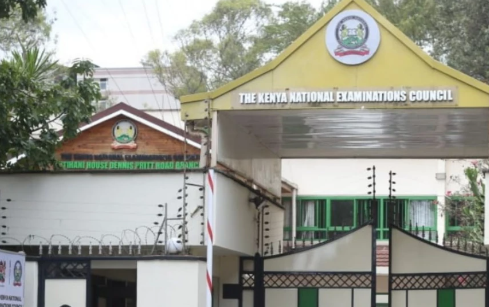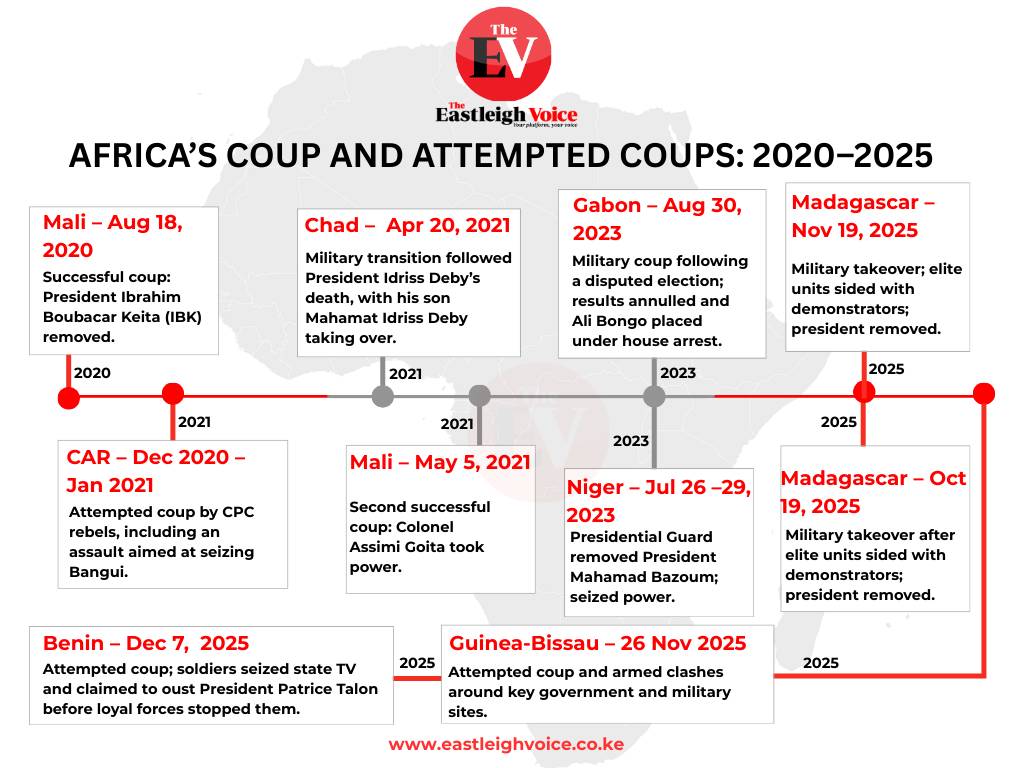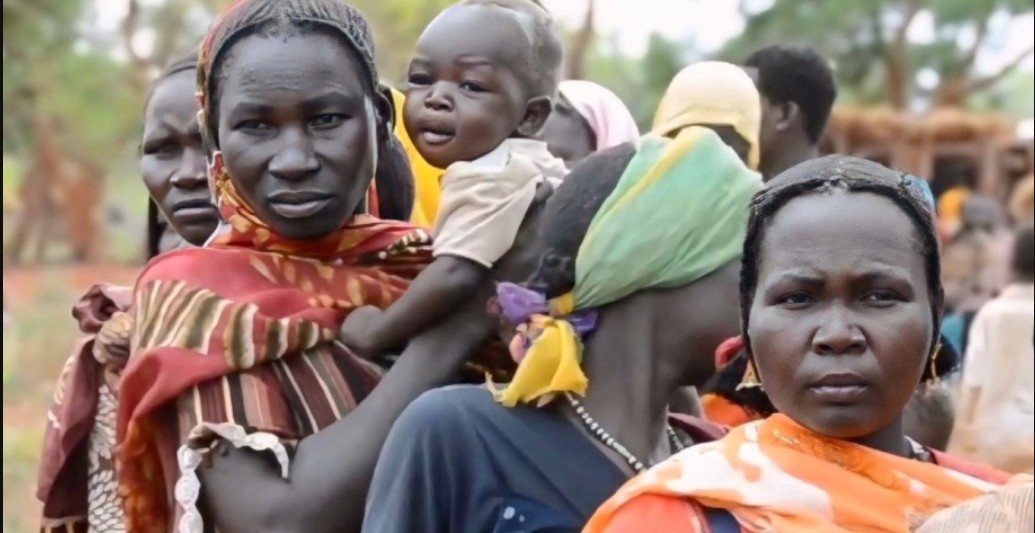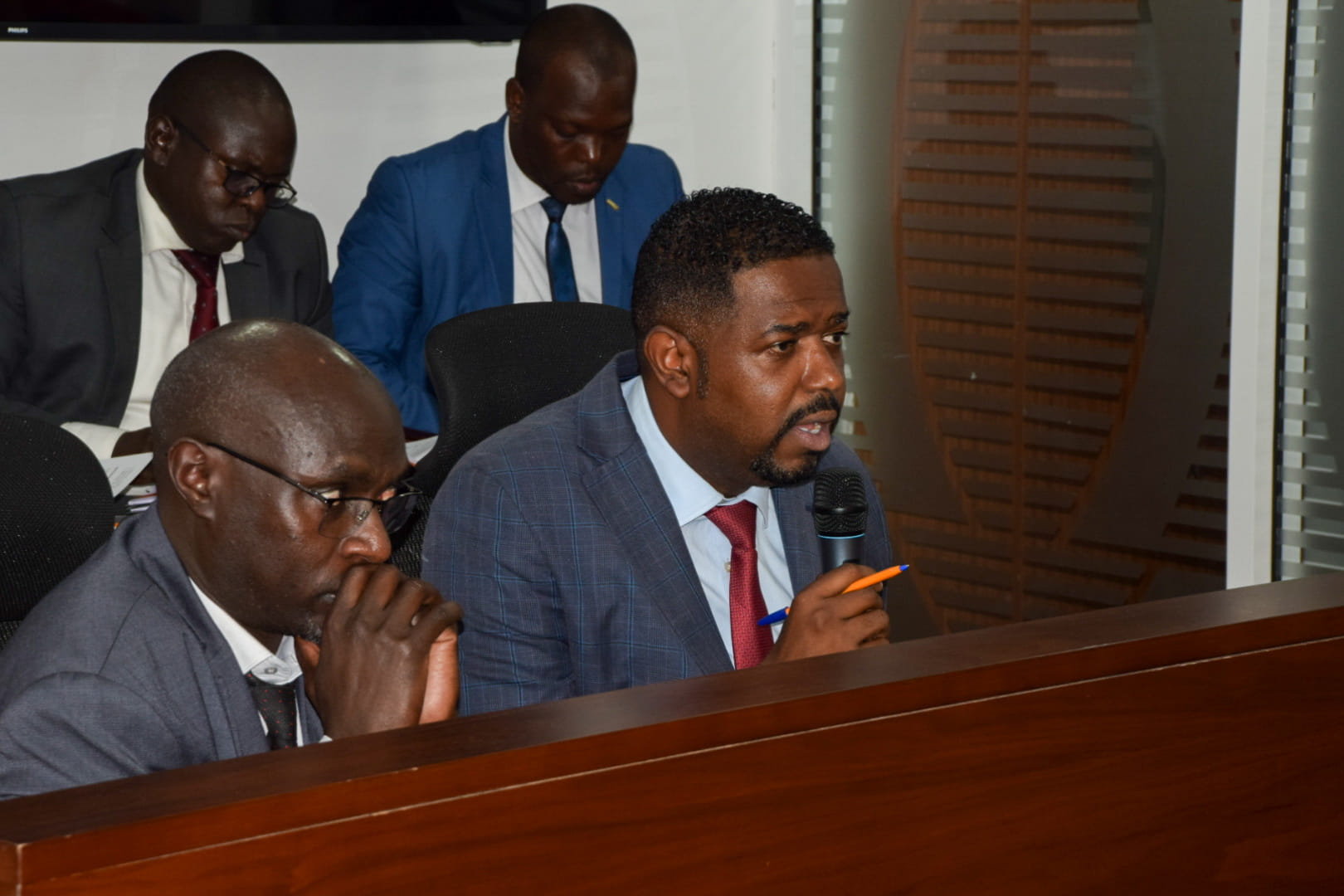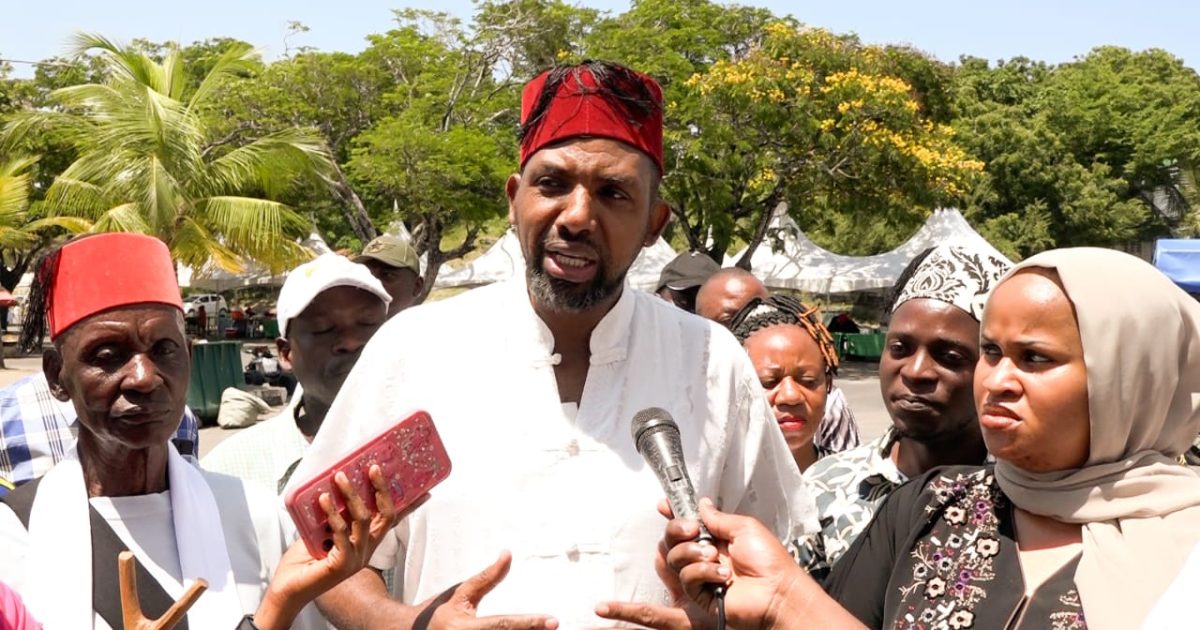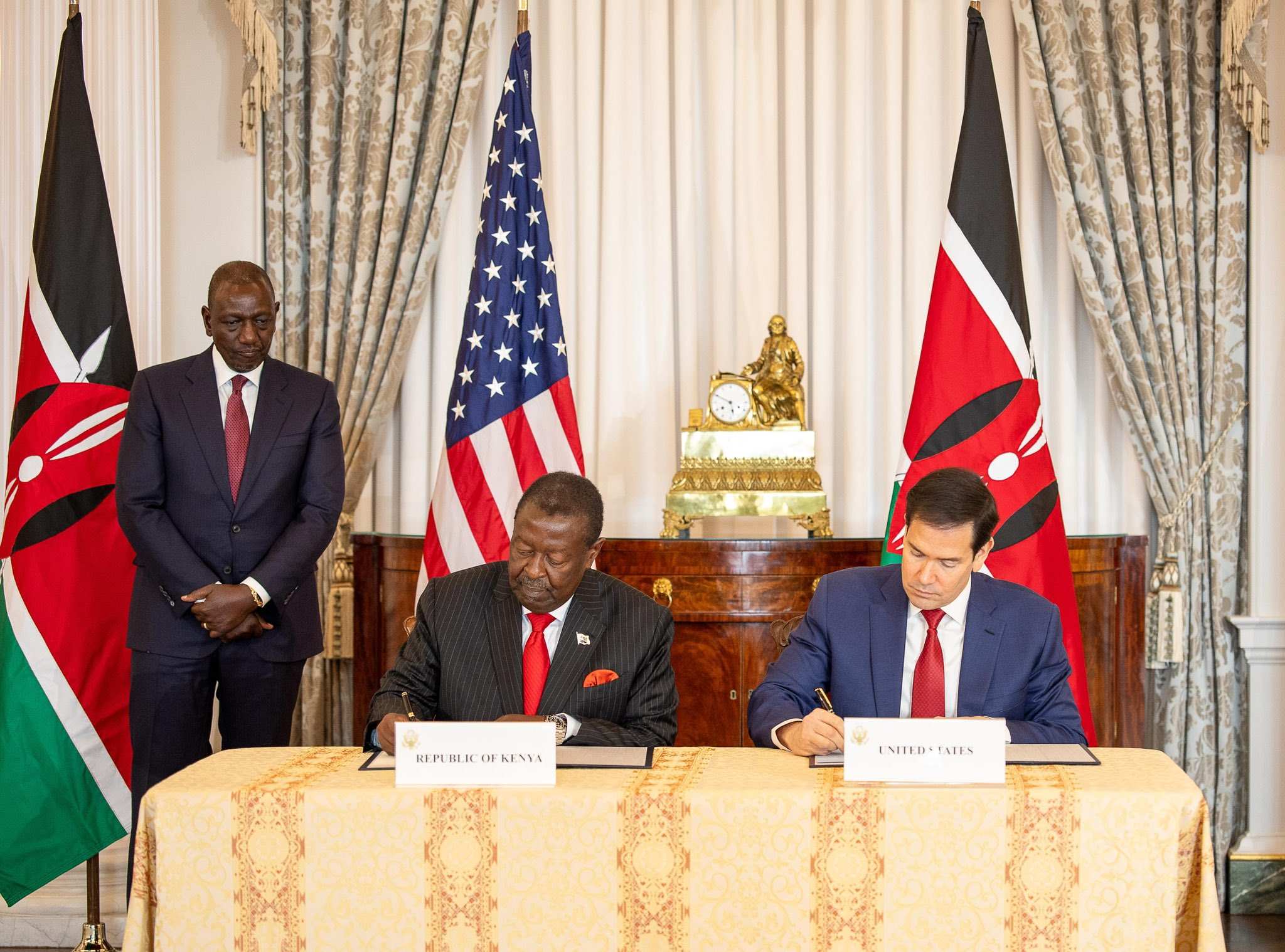KDF recruitment reveals alarming substance abuse among hundreds of Garissa youth

The high disqualification rate has reignited concerns about youth substance abuse in Garissa, with local human rights activist Mohamed Hussein calling the situation "deeply unfortunate" and highlighting a broader community crisis.
Over 250 hopefuls turned up at the Garissa Provincial Training Centre on Tuesday for the Kenya Defence Forces (KDF) recruitment drive—but many walked away disappointed after being disqualified for drug and substance abuse.
Mandatory medical and lab tests conducted during the screening process revealed that a significant number of applicants had traces of illegal substances in their systems, leading to automatic disqualification.
More To Read
- KDF ends practice of releasing wounded officers, adopts rehabilitation initiative
- High Court upholds ruling against KDF for HIV discrimination in recruitment
- IPOA decries low turnout in police recruitment, recommends two-day exercise
- Alleged KDF impostor arraigned over fraudulent recruitment operation
- NPS announces fresh recruitment of police constables after court ruling
- UK warns citizens visiting Kenya, Uganda of methanol poisoning from fake alcoholic drinks
Speaking to journalists on the sidelines of the drive, Lieutenant Colonel Mohammed Maalim expressed concern over the rising trend.
"The young men and women displayed great ambition and optimism in joining the KDF. However, medical screenings have exposed an alarming increase in the use of illegal drugs and substances," he said.
Despite the setback, Maalim confirmed that the recruitment process was successful and that qualified candidates who met the stringent health and conduct standards were selected.
 Lieutenant Colonel Mohammed Maalim expressed concern over the rising trend of drug use among the youth. (Photo: Issa Hussein)
Lieutenant Colonel Mohammed Maalim expressed concern over the rising trend of drug use among the youth. (Photo: Issa Hussein)
He also emphasised the integrity of the exercise, stating that it was carried out fairly and transparently.
"I want to reiterate that the KDF recruitment process is conducted on a free and fair basis. We have a zero-tolerance policy on corruption," he affirmed.
The high rate of disqualification has reignited concerns about substance abuse among the youth in Garissa.
Local human rights activist Mohamed Hussein termed the situation "deeply unfortunate," saying it highlights a broader crisis facing the community.
"The time has come for all stakeholders—parents, local leaders, government agencies, civil society, and the youth themselves—to join hands in addressing the drug menace. If we don't act now, we risk losing an entire generation," Mohamed warned.
According to a February report by the National Authority for the Campaign Against Alcohol and Drug Abuse (NACADA), seven out of ten people are likely to be abusing drugs.
The report identified bhang and heroin—mainly trafficked from Ethiopia—as the most commonly abused substances. Miraa, muguka, and several prescription medications, including Diazepam, Alprazolam, and Benylin with codeine, were also listed.
In March, the Ministry of Health and NACADA conducted a three-day sensitisation campaign in the region to combat the growing crisis, but the latest recruitment results indicate that the problem persists.
The disqualifications serve as a stark reminder of the urgent need for comprehensive drug prevention and rehabilitation initiatives targeting Kenya’s youth.
Top Stories Today
